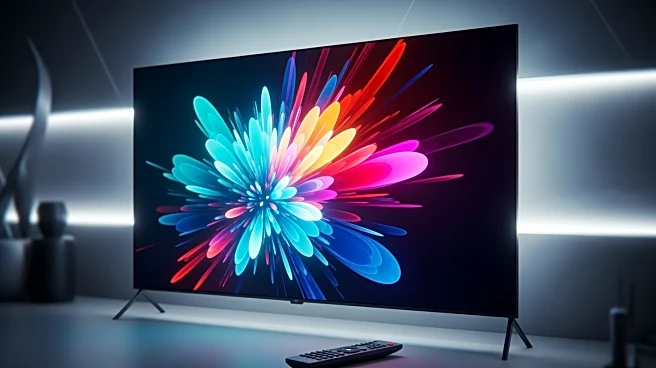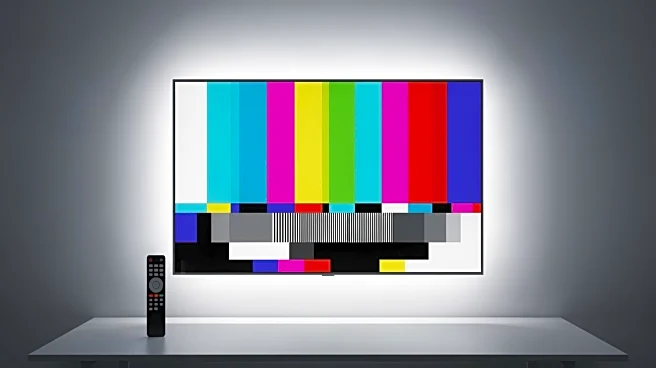What's Happening?
Disney and YouTube TV are embroiled in a carriage dispute that has led to the removal of Disney's programming, including ESPN and ABC, from YouTube TV. This affects approximately 10 million households
who are unable to access these channels until a new agreement is reached. The core issue is the rate at which Disney charges YouTube TV for its networks, with ESPN being the most expensive. Disney has successfully negotiated deals with other major pay-TV providers, but YouTube TV is seeking better rates due to its growing subscriber base. The blackout has left subscribers without access to popular sports programming, such as ESPN's live sports, which cannot be accessed for free outside of the cable bundle.
Why It's Important?
The dispute highlights the ongoing challenges in the media industry regarding carriage fees and the balance of power between content providers and distributors. Disney's leverage comes from its ownership of ESPN, a key channel for sports fans, while YouTube TV's growing subscriber base gives it bargaining power. The outcome of this dispute could set a precedent for future negotiations between streaming services and content providers. It also impacts consumers who may need to seek alternative services to access their favorite channels, potentially leading to shifts in subscriber bases and market dynamics.
What's Next?
Both Disney and YouTube TV are under pressure to resolve the dispute quickly to avoid prolonged subscriber dissatisfaction and potential financial losses. Disney has options to mitigate the impact, such as promoting its bundle of Disney+, Hulu, and ESPN as an alternative. Meanwhile, YouTube TV may continue to push for favorable terms, leveraging its position as a growing distributor. The resolution of this conflict will likely involve finding a middle ground that satisfies both parties' financial and strategic interests.
Beyond the Headlines
The dispute reflects broader industry trends where streaming services are challenging traditional cable models, leading to shifts in how content is distributed and consumed. It also raises questions about the sustainability of high carriage fees and the impact on consumer choice and pricing. As streaming services continue to grow, similar disputes may become more common, influencing the future landscape of media distribution.











